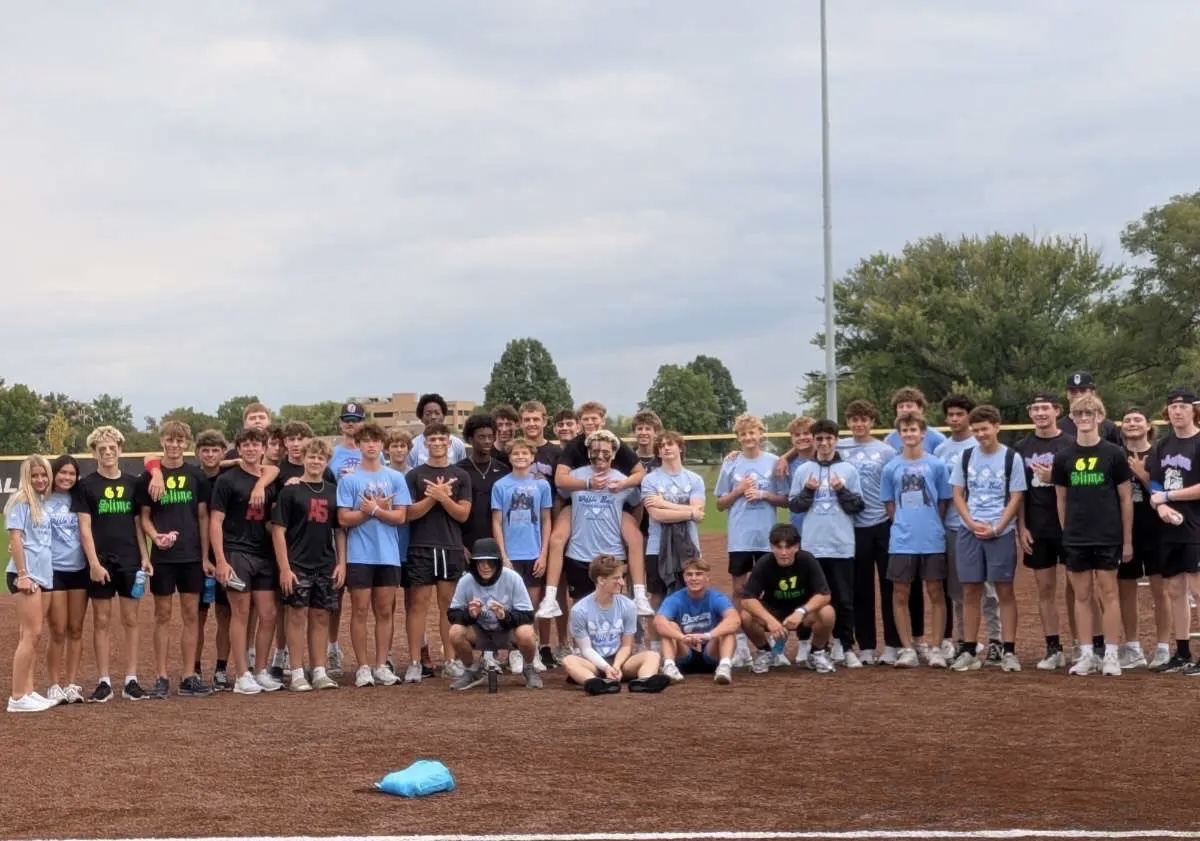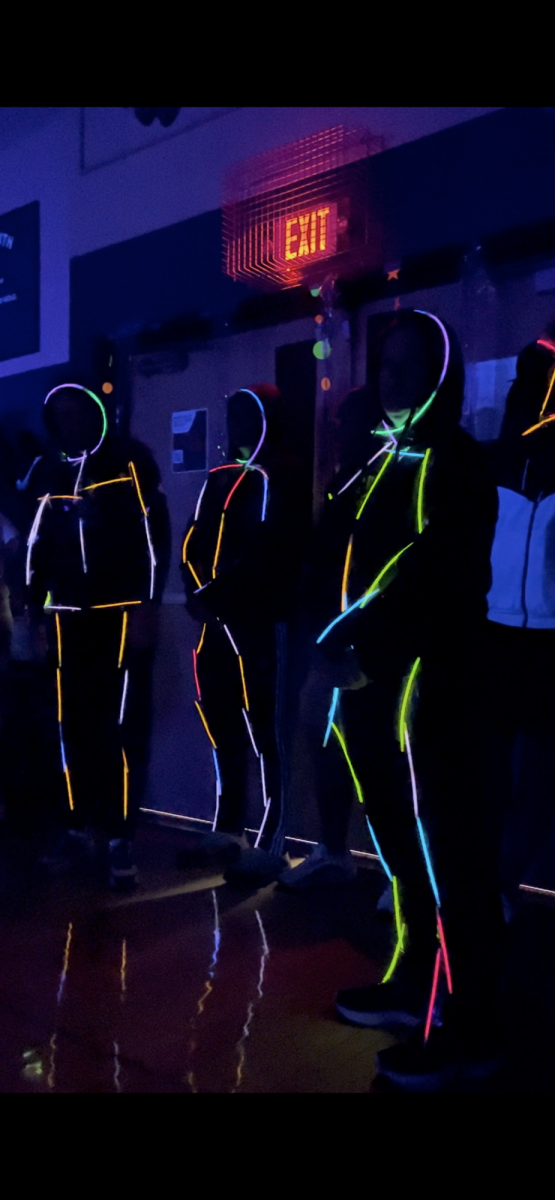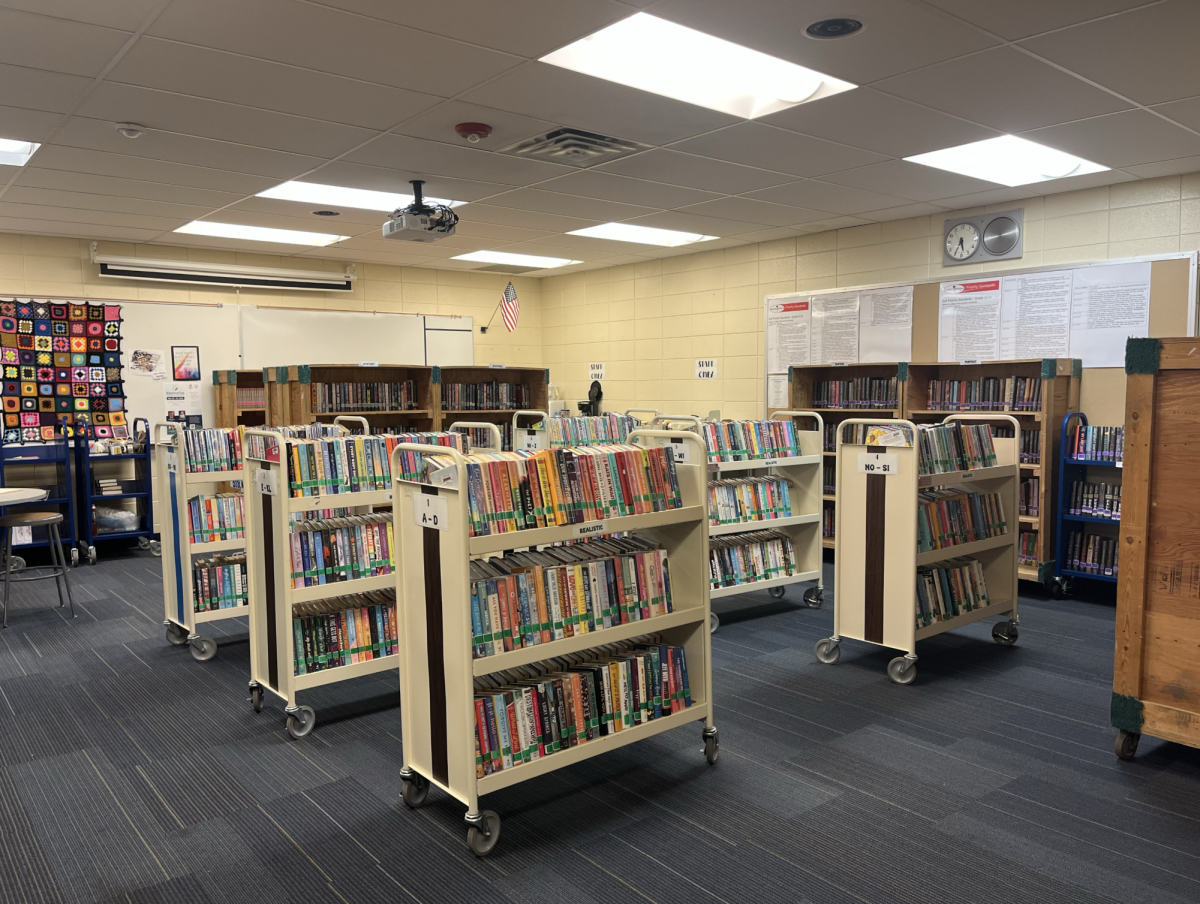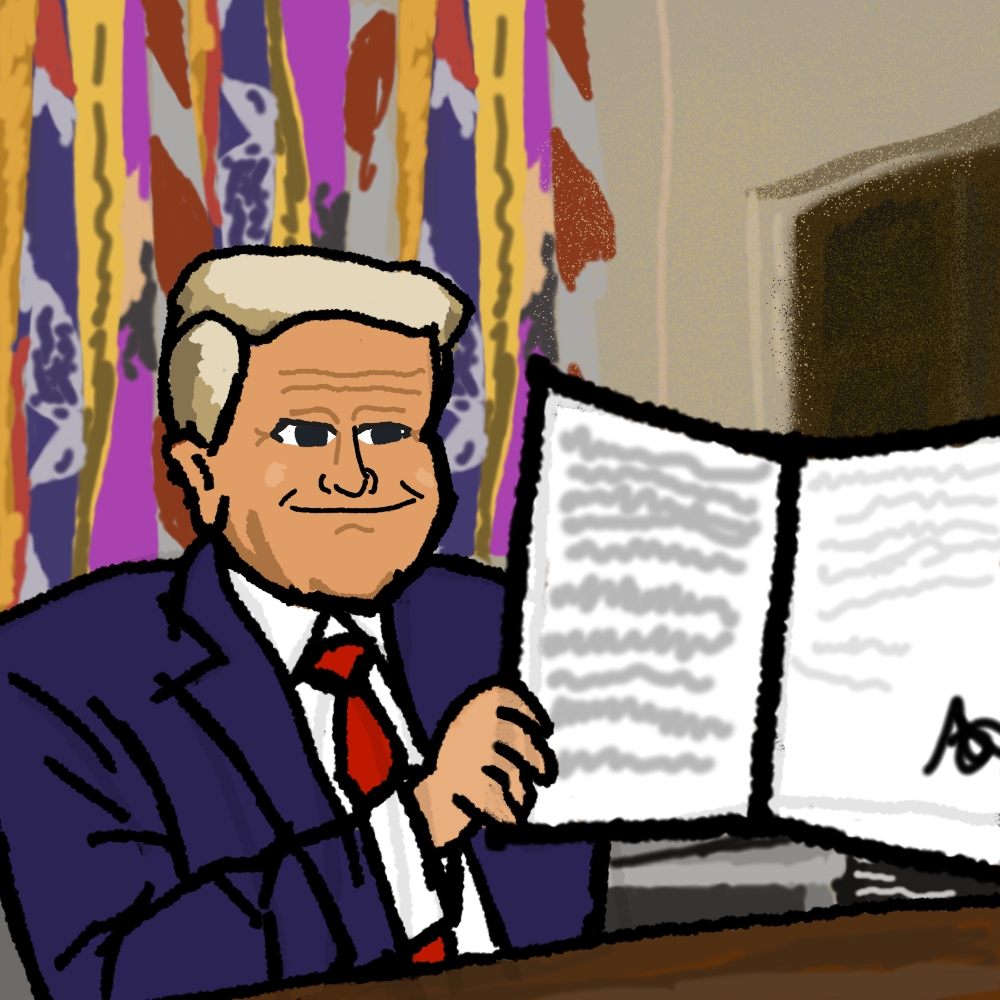On October 7, counselors sent out a presentation for students to go over during AI on the subject of suicide and suicide prevention, to inform students. Students were also given the option to opt out of the presentation if they wished. For the students who did stay, some didn’t put in the same amount of effort into learning as others.
“We got a slip asking us if we needed help with anything and then the lesson was talking about important figures that you could go to for help and just overall, any way you could help someone,” senior Alex George said.
Some classes simply went through the slides and activities without seemingly much of a hassle, but others had less of an interest in going over the lesson.
“Mr. McCormick, just read through the slides and played that [TED talk]. I don’t think a lot of people were paying attention to the teacher. They were kind of just ‘read the stuff and get it done,’” sophomore Ivanka Feydash said.
Students primarily saw this as another assignment they had to get through before having to work on something else, so most students weren’t excited about the presentation. But regardless of wanting to listen or not, they followed through with the instructions as respectfully as they could manage.
“It felt very respectful, and I felt like everyone there understood and just gave respect, even if they didn’t want to listen, they were still respectful about the idea,” freshman Brooklyn Halsted said.
Which was seemingly one of the more productive classes. But there were few students who chose to opt out of the meeting for a variety of reasons.
“I’ve never really felt close to suicide, but I have people who have tried, and I have this part on own. But I kind of feel like it’s not really my place,” said Sophomore Caroline Flannery.
Most students had agreed that they knew most of the information shown in the presentation. But had gone slightly in depth of a person’s feelings.
“I knew a lot of the stuff already and it made me feel sad because a lot of it is true and a lot of it is based on fear of other people and fear of people being judged,” senior Elena Angelo said.
Others who listened to the presentation agreed they hadn’t learned anything new but it was a way to reflect, on how suicide affects everyone, not just the people considering suicide.
“It’s cutting a life short and I don’t think that’s a good thing for society and for the people around it. I think it not only hurts them but also the people around them. I think it’s important to talk about preventing that,” George said.
Suicide and suicide prevention to most, seem like common sense. But students must also have to face the facts of how suicide is affecting high schoolers in general. Information that might not be as common.
“Youth suicide is the second leading cause of death amongst our teenagers. By using the SOS Signs of Suicide Program, we seek to provide our students and the community with the knowledge and resources to help themselves and others,” Paige Carbajo said.
Counselors, psychologists, and social workers in school try to provide helpful information for students. The school’s mental health team hoped to inform students, provide training in case they were ever in that situation, impress upon students to talk to a trusted adult and instruct students on who they could go to if they ever needed help. But a handful of students don’t care enough about the lesson to listen properly.
“At this point, it’s like a Joke. People joke about, ‘Oh I’m gonna kill myself’, so its hard for people to tell cause we make a joke out of most serious things. And when you report something people get mad, even though you’re trying to look out for their genuine safety,” said Angelo.
Humor is a common way adolescents cope with difficult situations. Like, for example, making a joke about either themselves or someone else taking their own life, without thinking anything of it.
“Not everyone has lost a loved one over it, I don’t know why people think it’s funny. I guess, maybe they expect we aren’t actually thinking we’re going to do it,” said Sophomore Jonathan Ramos.
In school, students will use the idea of suicide as a humoruos way to convey how difficult as situation or assignment might be. And end up over exaggerating the situation. Taking the attention off the students that truly need assistance and making seem like everyone is making a joke out of suicide.
“Not everyone wants to look like they just want attention, because that does happen sometimes. People will reach out for help and it’ll seem like they’re just seeking attention,” said Ramos.
For some, reaching out for help seems difficult because of how their emotions and feelings are possibly not real. Then the situation may not get resolved.
“The SOS Program encourages students to tell someone or reach out if they are struggling with signs or symptoms of mental health disorders. It also encourages students to identify safe, trusted adults at school. All students have access to our school mental health team consisting of counselors, social workers, and psychologists,” said Megan Alspaugh.
Ms. Alspaugh; one of the schools social workers, was one of the people who helped work on the suicide prevention slides. One of the main goals was to initiate community with others in school but some students feel that wasn’t executed correctly.
“I think it’s good to talk about suicide but they talk about suicide for one day or a month then its never addressed again. It always, ‘try and have community’ but they never try to foster community,” said Feydash.
Other topics covered in presentations don’t seem to get complete and continuous attention. Because of this lack of attention to goals and student issues, a handful of students are starting to trust less in their counselors.
“I’ve definitely come to the counselor, not for me, but about other people that have not been taken seriously. I’ve seen some weird things at school and no, they don’t take it seriously for the most part,” an Anonymous student said.
Trusting that their situation won’t get out to the wrong person, is also something that is important to students.
“They haven’t really given us a reason to trust them. And no one trusts confidentiality that their parents won’t hear about the stuff they talk to the counselors about. Or they won’t be reported,” said Angelo.
Despite the few unsatisfied students, there are other students that do trust their counselors, because of how they help their students and give them support.
“My counselor is Chayce Wynn, I love him so much. He was my coach for girls soccer on JV and he’s also my counselor so I go and talk to him all the time, about everything. He gives me the best advice,” said sophomore Addison Bivens.
The amount of trust a student gives their counselor could depend on who is their counselor and how both student and counselor handle certain, possibly serious, situations.
“I do trust counselors with this information, I’ve shared some personal experiences with my counselor, Ms. Roth. And she is very polite about it, they have a lot of things and a lot of stuff they can help with. And granted, it might depend on the counselor you have, but me personally, I did like my counselor a lot,” said George.








